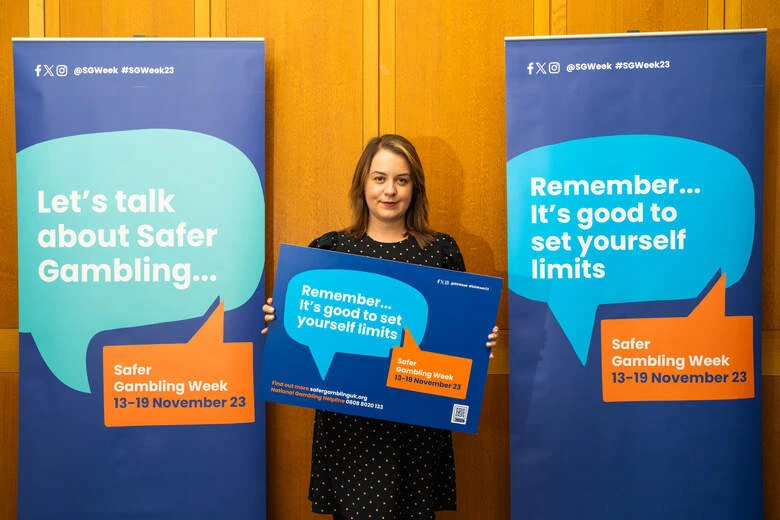BGC: Safer Gambling Week 2023 most successful yet

This year’s Safer Gambling Week took place 13-19 November. Data released by the Betting and Gaming Council (BGC) following this year’s event revealed over 50 million impressions across Twitter – formerly known as X – Facebook and Instagram. This was a 70% increase on 2022.
The initiative, which ran for its seventh year, also generated half a million visits to the Safer Gambling Week website. This platform signposts help and advice for those who may be struggling, as well as offering advice on safer gambling tools like deposit limits and time outs.
Safer Gambling Week is organised by the BGC, BACTA and the Bingo Association. In 2023 it saw a blitz of safer gambling messages both online and in land-based venues, aiming to spark a nationwide conversation about betting responsibly.
This year’s campaign was backed by politicians, regulators and sports organisations. Gambling minister Stuart Andrew MP, shadow gambling minister Stephanie Peacock (pictured), Gambling Commission CEO Andrew Rhodes and Premier League clubs West Ham and Brighton gave their support.
Problem gambling ‘stable and low’
“The record numbers for both impressions and website visits show that the industry has never been more committed to ensuring the many millions who enjoy a regular flutter continue to do so in a safe and responsible environment, said Michael Dugher, chief executive of the BGC.
“Thanks to Safer Gambling Week, we can be confident that millions of people are better informed about the ways they can enjoy their hobby even more safely and responsibly, that’s something the entire industry can be proud of.”
The BGC noted that each month around 22.5m adults have a bet in Britain. It described problem gambling rates among adults in the country as “stable and low” at 0.4%.
A Gambling Commission survey published this month found a significant reduction in the number of young Britons exposed to gambling adverts. The report highlights a drop of 10 percentage points among 11- to 17-year-olds who had seen or heard adverts in the prior 12 months. Some 55% and 53% had seen offline and online ads respectively in the past year. This was compared to 66% and 63% in 2022.
